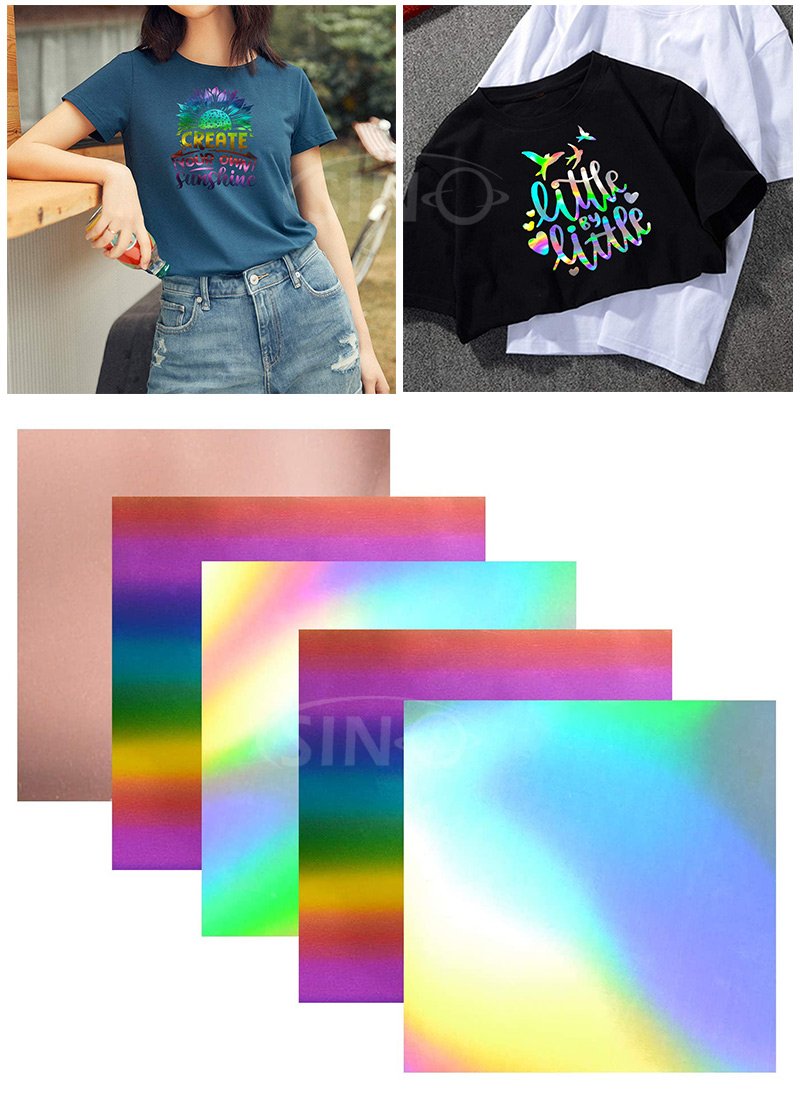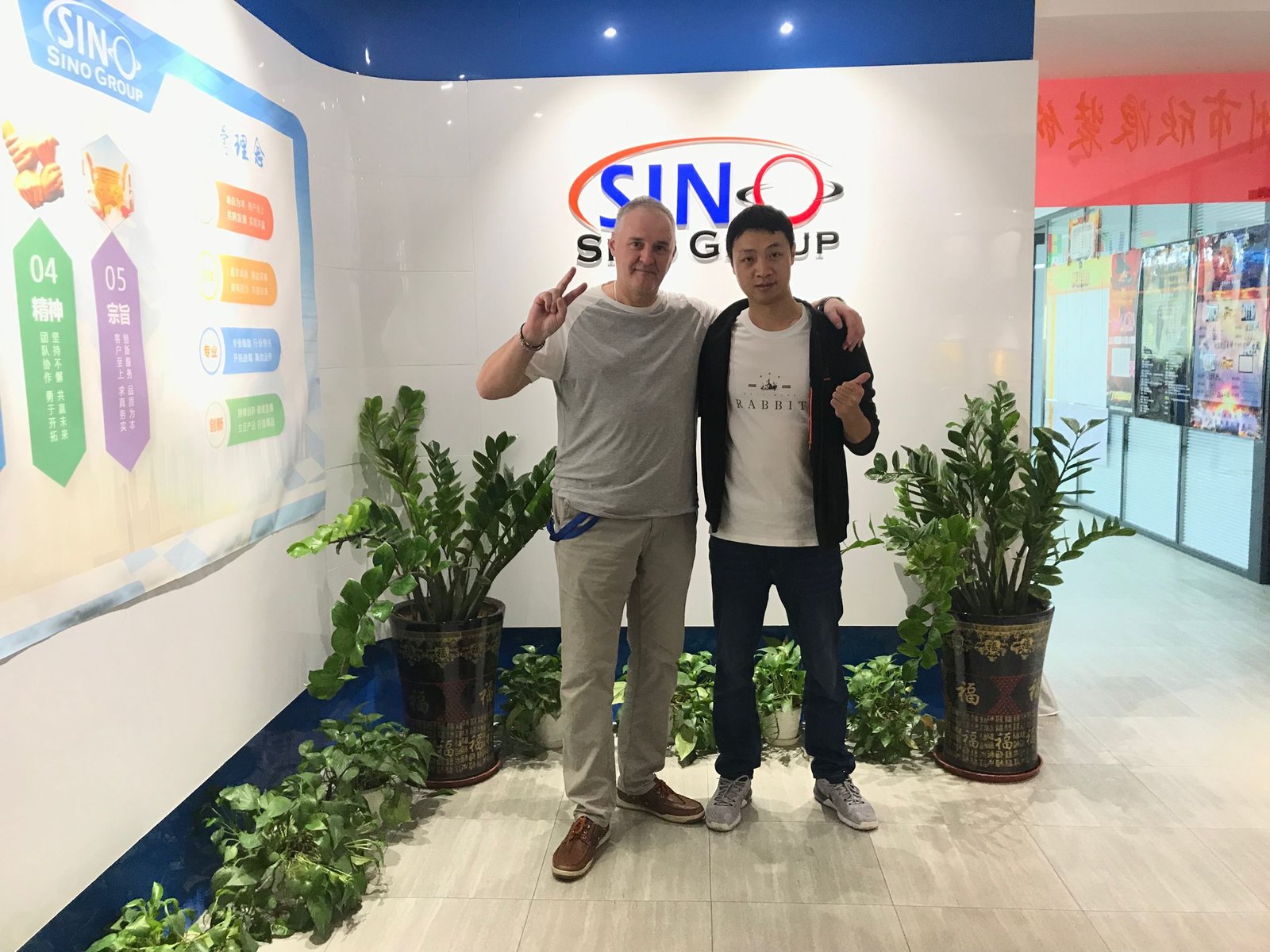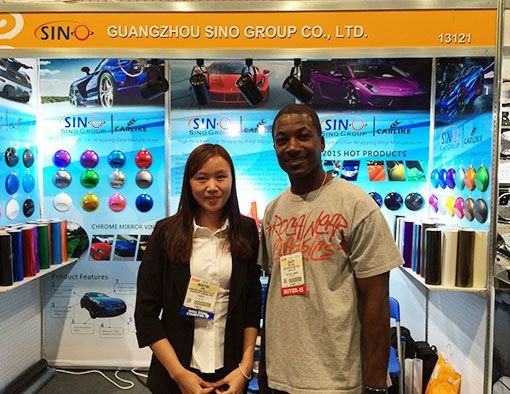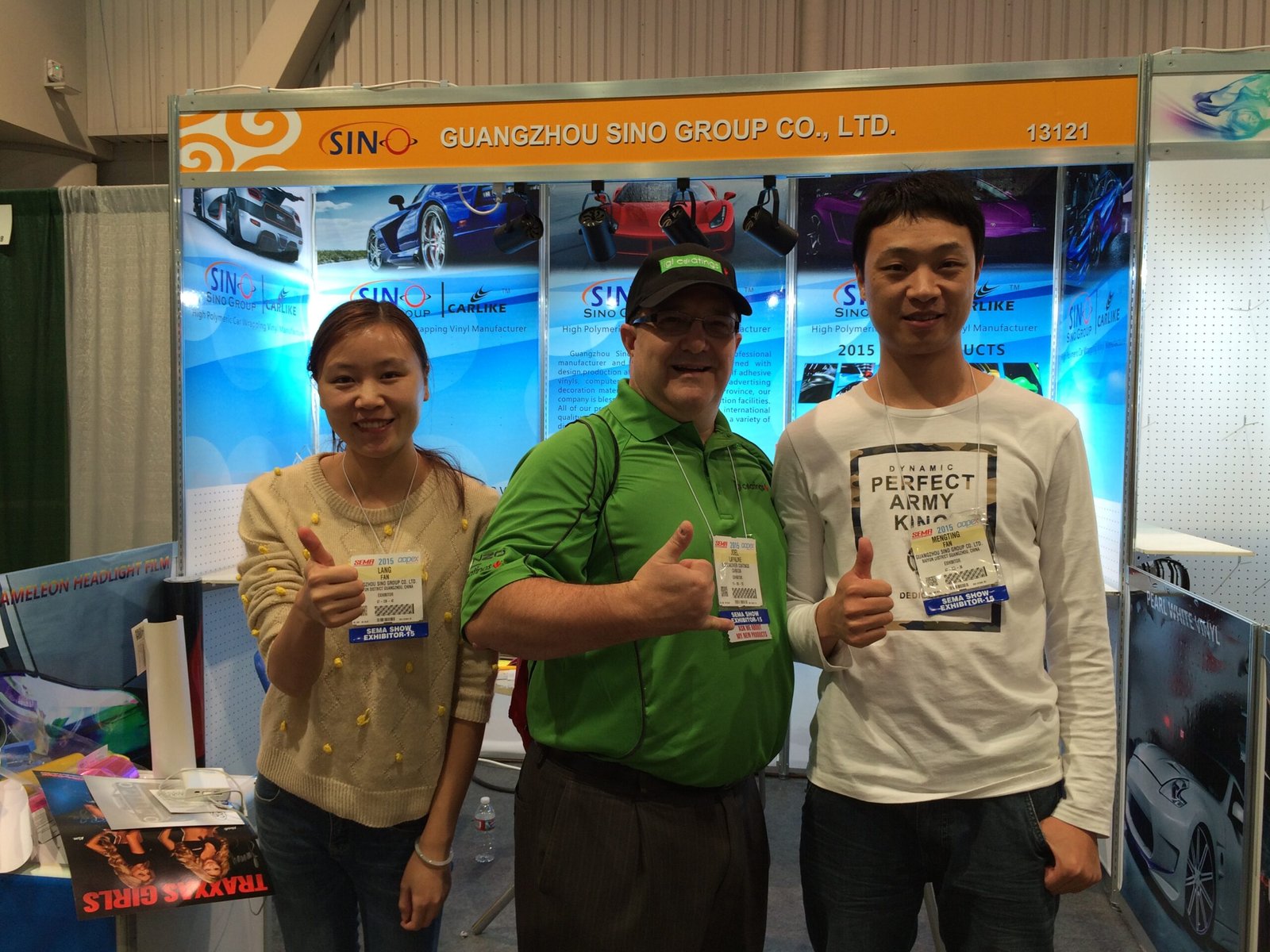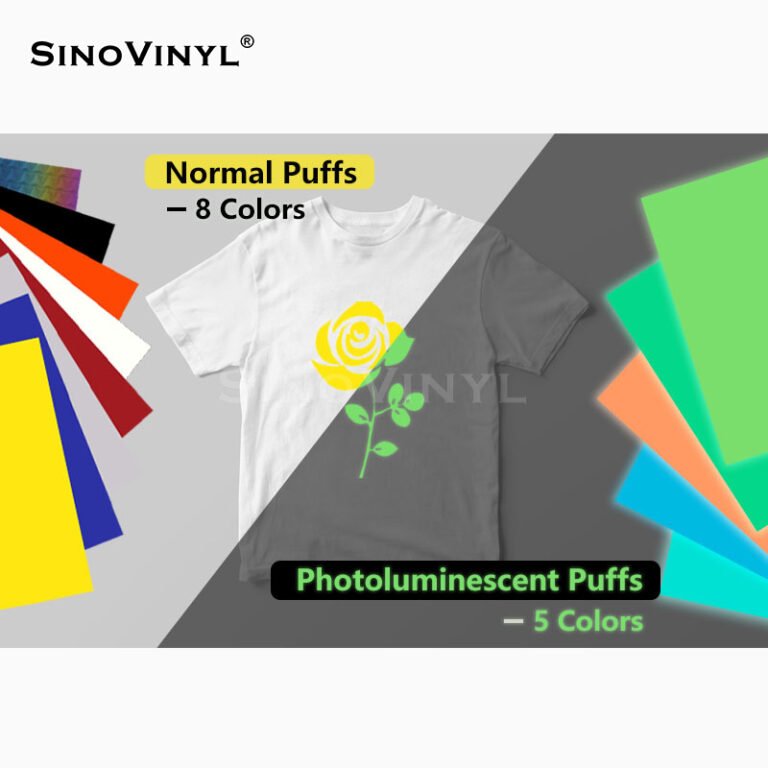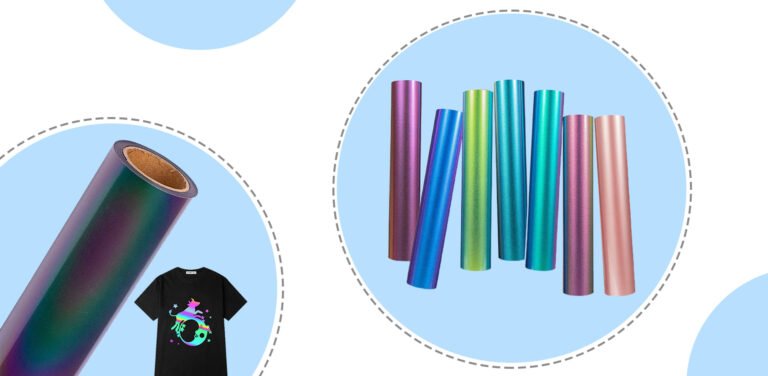What are the recommended temperature and pressure settings for applying HTV using a heat press?
The recommended temperature and pressure settings for applying heat transfer vinyl (HTV) using a heat press can vary based on the type of HTV material, the substrate (the item you’re applying the HTV to), and the manufacturer’s recommendations.
Temperature
– For standard adhesive vinyl: Typically around 305°F to 320°F (150°C to 160°C).
– Specialty vinyl (like glitter or metallic): May require slightly lower temperatures (around 300°F or 149°C) to prevent damage to the material.
– Always refer to the manufacturer’s instructions for the exact temperature range for the specific HTV you are using.
Pressure
– Medium to firm pressure is usually recommended for most HTV materials.
– Adjust the pressure according to the thickness and composition of the material you’re applying the HTV to.
– Make sure the pressure is even across the entire design area to ensure proper adhesion.
It’s essential to follow the specific guidelines provided by the HTV manufacturer and conduct some testing on scrap fabric or a similar material before applying HTV to your final project.
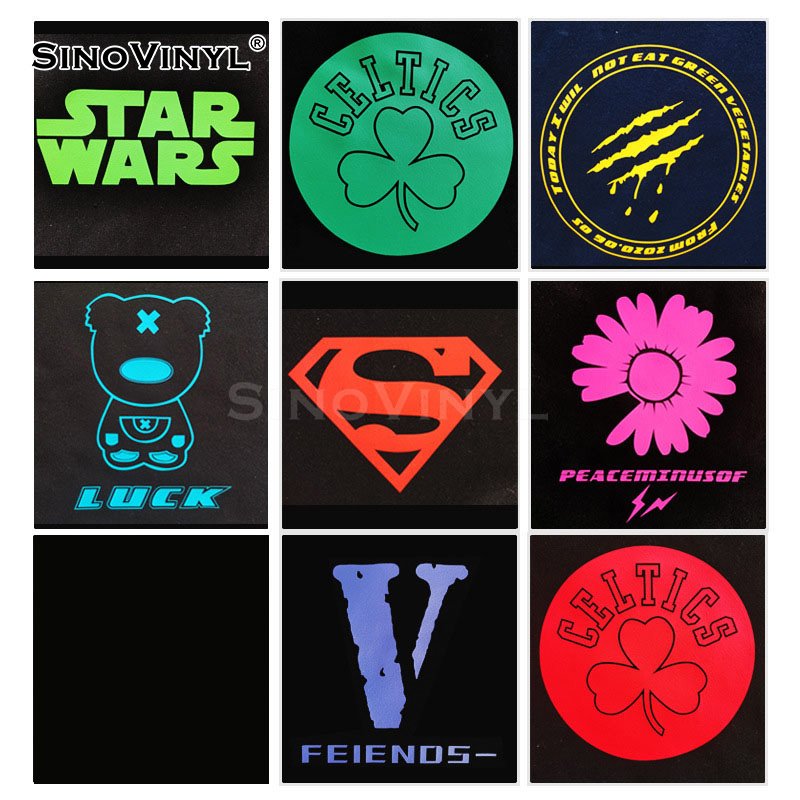


How do you avoid common mistakes like scorching or uneven application of HTV during the heat press process?
Avoiding common mistakes like scorching or uneven application of HTV (heat transfer vinyl) designs during the heat press process requires careful attention to detail and proper techniques. Here’s how you can prevent these issues:
1. Temperature and Pressure Control
– Use the manufacturer’s recommended temperature and pressure settings for the specific type of HTV you’re using and the material you’re applying it to.
– Ensure that your heat press is calibrated accurately to maintain the desired temperature and pressure throughout the process.
2. Even Pressure Distribution
– Make sure the pressure is evenly distributed across the entire heat press platen. Uneven pressure can lead to uneven application.
– If your heat press has adjustable pressure, use a pressure measurement tool to ensure consistency.
3. Surface Preparation
– The surface should be clean, dry, and free of any lint, dust, or debris that could interfere with proper adhesion.
– Pre-press the material for a few seconds to eliminate any moisture or wrinkles before applying the HTV.
4. Liner Placement
– Ensure that the HTV design is placed correctly on the material with the carrier (liner) side facing up. The adhesive side of the HTV should be touching the material.
– Secure the design in place using heat-resistant tape or adhesive spray to prevent movement during pressing.
5. Pressing Duration
– Follow the recommended pressing time for the specific HTV you’re using. Overpressing can cause scorching and underpressing can result in insufficient adhesion.
– Use a timer to ensure accurate pressing times. Be cautious not to leave the heat press on for too long.
6. Cooling and Peeling
– Allow the material to cool down for a few seconds before peeling off the carrier sheet. Peeling too quickly can lead to uneven adhesion or distortion of the design.
– Peel the carrier sheet at a 45-degree angle and in a smooth, steady motion.
7. Testing and Experimentation
– Before applying HTV to your final product, conduct tests on scrap materials or sample items to ensure you have the correct settings and technique.
– Experiment with different pressure, temperature, and time settings to find the optimal combination for your specific materials and HTV type.
8. Use Heat Transfer Pads or Pillows
– For garments with seams, buttons, or zippers, use heat transfer pads or pillows to raise the pressing area slightly and ensure even pressure.
9. Protective Sheets and Parchment Paper
– Place a Teflon or silicone-coated protective sheet between the heat press platen and the HTV to prevent scorching or burning.
– You can also use parchment paper as a protective barrier between the HTV and the heat press.
By paying close attention to these factors and practicing good technique, you can significantly reduce the chances of scorching or uneven application during the heat press process when working with heat transfer vinyl designs.



What safety precautions should be taken when using a heat press for HTV applications?
Using a heat press for heat transfer vinyl (HTV) applications involves high temperatures and pressure, so it’s important to take certain safety precautions to ensure your well-being and the successful outcome of your projects. Here are some safety precautions to keep in mind:
1. Proper Clothing and Protection
Wear appropriate clothing and protective gear, including heat-resistant gloves, to avoid direct contact with the heated platen or other hot surfaces.
2. Ventilation
Ensure that the workspace is well-ventilated to prevent inhaling any fumes that may be emitted during the heat transfer process.
3. Heat-Resistant Surface
Place the heat press on a heat-resistant surface to prevent damage to your work area and avoid accidental burns.
4. Clear Work Area
Keep the work area clear of any clutter or items that could come into contact with the heat press or interfere with your movements.
5. Electrical Safety
Make sure the heat press is plugged into a properly grounded outlet and that the power cord is in good condition. Avoid overloading electrical circuits.
6. Temperature and Pressure Settings
Follow manufacturer guidelines for recommended temperature and pressure settings for the specific type of HTV and material you’re using. Incorrect settings can lead to poor adhesion or even scorching.
7. Preheating
Preheat the heat press before applying HTV to ensure even and consistent heat distribution.
8. Timer and Monitoring
Use the built-in timer or an external timer to keep track of pressing times. Never leave the heat press unattended during operation.
9. Avoid Water
Keep water away from the heat press, as the combination of heat and water can be hazardous.
10. Cooling Time
Allow the HTV and the material to cool down after pressing. Use caution when handling heated items.
11. Emergency Shut-Off
Familiarize yourself with the heat press’s emergency shut-off procedures in case of any issues.
12. Avoid Contact
Be mindful of your hands and body placement when operating the heat press. Do not touch the heated platen without proper protection.
13. Children and Pets
Keep children and pets away from the heat press while it’s in use and during the cooling phase.
14. Storage
When not in use, turn off and unplug the heat press, and store it safely to prevent accidental activation.
15. Maintenance
Regularly inspect and maintain the heat press, checking for any wear and tear, loose parts, or signs of malfunction.
By following these safety precautions, you can minimize the risks associated with using a heat press for heat transfer vinyl designs applications and ensure a safe and successful crafting experience. Always refer to the manufacturer’s guidelines and instructions for your specific heat press model.

